The question is:
Replace the circuit with a Thevenin Equivalent Circuit and find the Thevenin Resistance (Rt) in ohms and find the current in R3.
I've used Thevenin before and solved quite a few equivalent circuits as well.
I've tried to redrawing the circuit, but I getting very confused on you would exactly go about combining these resistors. I found this exercise in a book, however, at the end of the book, it only shows the answer and not the approach. So the thevenin resistance should be 51.61 ohms.
You need to do the Thevenin’s theorem in the orange box.
So my first try was to consider R4 and R6 in series, then in parallel with R5, then in series with R1 to finish in parallel with R2. But obviously, that wasn't the right way to do it.
